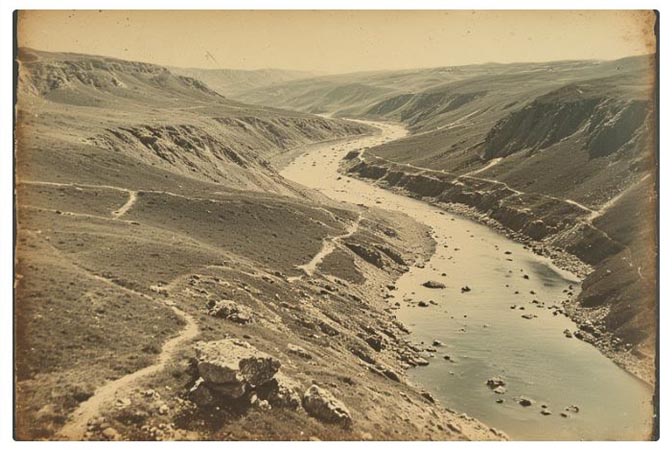Wild Research and Colonial Violence
The Echo of Collective Blur, the engagement with colonial violence does not present itself as a central theme, but rather as a subtle, persistent shimmer between the lines.
It emerges in fragments, in fictional vignettes, in glimmers of suggestion — never fully in the foreground, yet always there.
This deliberate interweaving, this “sneaking in” of colonial history alongside fiction and theory, is no accident.
It refuses to let violence become mere illustration and avoids the comfortable distance a neatly defined discourse often offers.
By not explaining but inscribing colonial violence, the project makes it palpable as something that continues to ripple through the very textures of knowledge.
After all, research — any act of “knowledge-making” — is historically entangled with colonial structures: collecting, naming, categorising.
Slipping this colonial dimension into a project on knowledge and Wild Research highlights precisely that: knowledge is never neutral, it always carries histories and power.
This creates a second level of reading: while the language speaks of Wild Research, openness, and relational thinking, another echo threads through — reminding us that every act of knowing has origins, stories, and blind spots.
The fragmentary, the ambiguous, the
fictional becomes a method of
responsibility: making space for the
uncomfortable, the unfinished, the
things that slip beyond the tidy logic
of theory. In this sense, weaving
colonial violence into the project is
not a disruption of its theoretical line
— it is its most consistent expression.
It demonstrates that research, even when
called “wild,” is always co-writing the
histories it seeks to confront.


